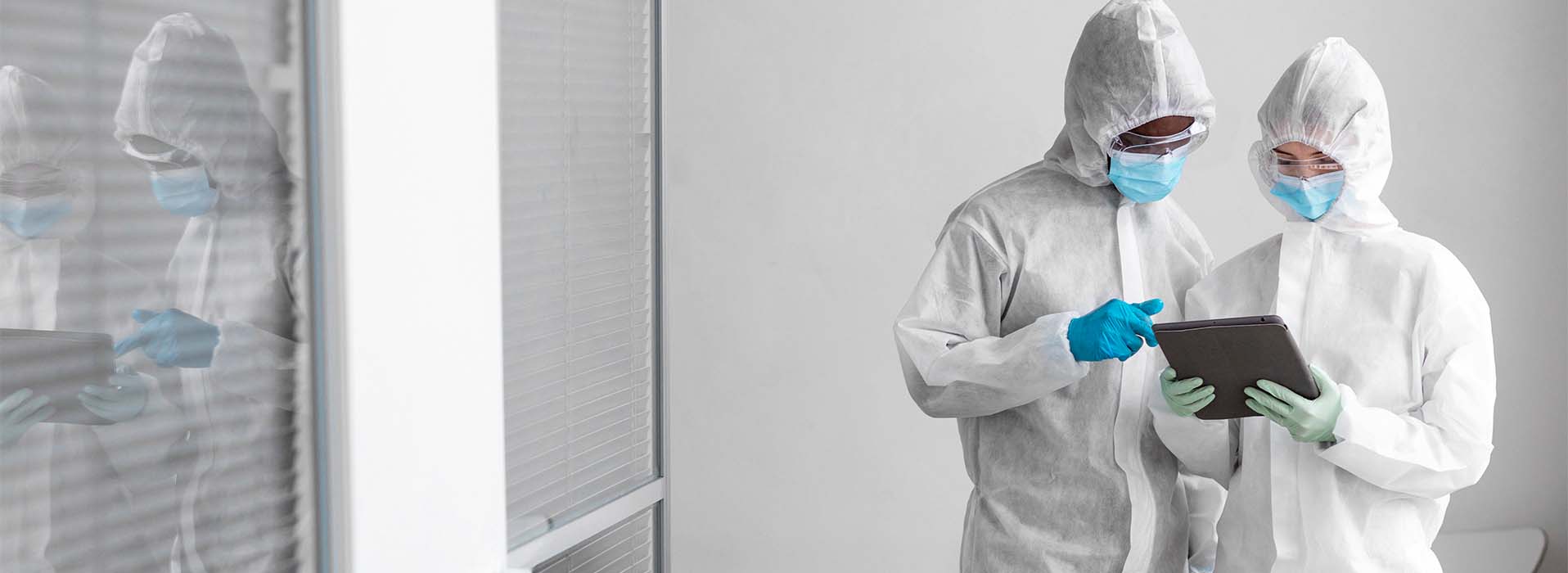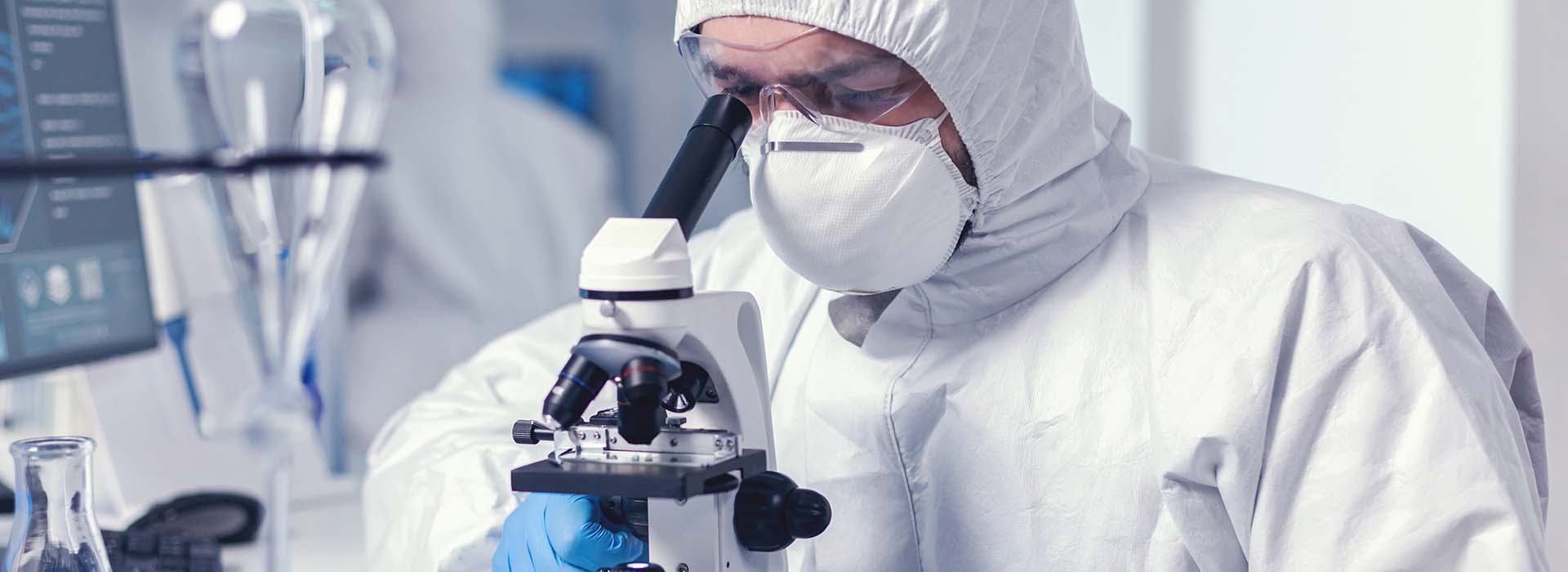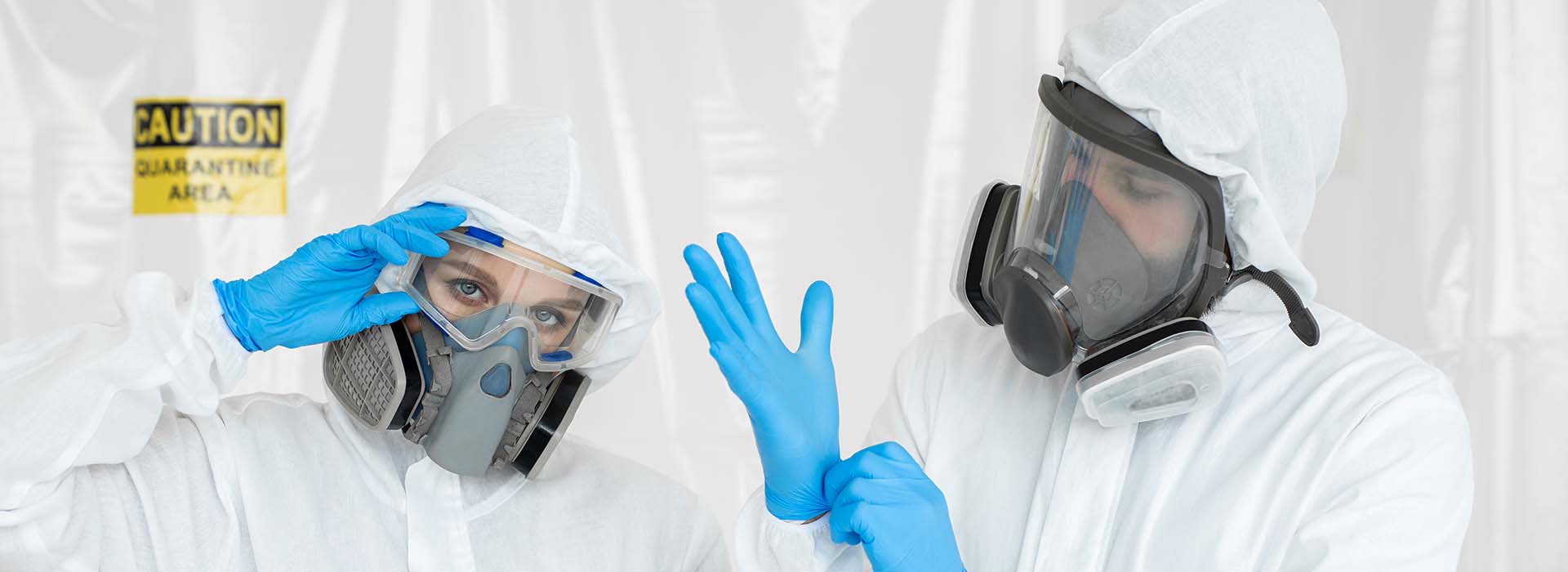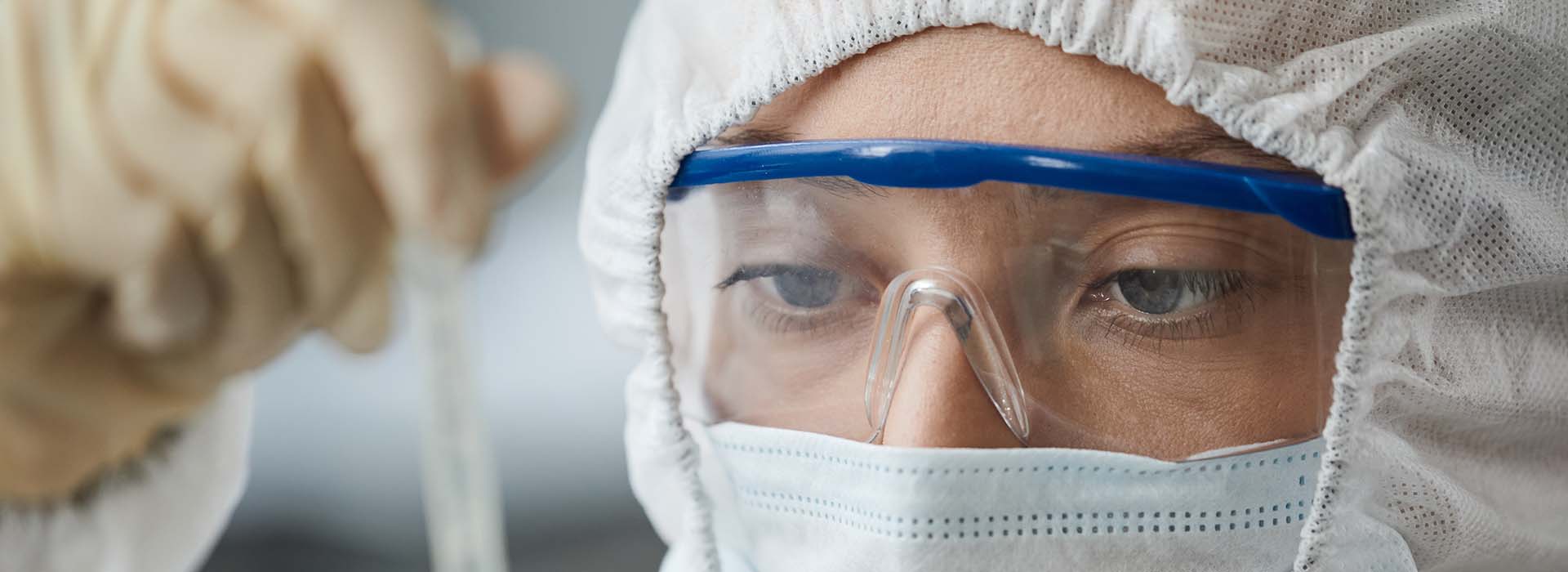Types Of PPE In Healthcare Settings
Healthcare professionals worldwide place a high priority on taking care of themselves so they can continue to support others. Infection prevention, the appropriate use of personal protective equipment (PPE), hand hygiene, and the disposal of potentially harmful materials are all part of this.
PPE workwear protects healthcare professionals from serious infections and risks and allows them to perform their duties optimally. Different types of PPE may be required depending on the type of healthcare setting, the specific risks involved, and the procedure being performed.
Healthcare professionals are required to wear these for long hours so it is important to ensure that the PPEs are comfortable and breathable to avoid heat stress. In addition, PPE workwear should offer the same amount of protection from exposure to blood, body fluids, and other potentially infectious materials, even when worn for extended hours of time.
Let us have a look at the most commonly use PPE Workwear in Healthcare settings, and how they protect healthcare professionals in their job every day.
1. Gloves
Gloves are the most basic form of personal protective equipment (PPE) and are used to protect the hands from contact with any potentially infectious materials. They can also protect against harsh chemicals and cleaning solutions.
Gloves should be worn if you expect to come into contact with blood or other bodily fluids, mucous membranes, injured skin, or an Indwelling Device insertion site (urinary and intravenous catheters, feeding tube). It can also be useful when moving potentially soiled and infected items such as patients’ clothing, bedding, supplies, or linens that have come into contact with any dangerous substance.
Latex and Neoprene Gloves are popular choices in the healthcare industry owing to their better protection against microorganisms and the ability to be worn for long hours. They also offer better dexterity and comfort to surgeons.
2. Protective Coveralls
Protective coveralls are another form of PPE used to protect the body from contact with blood, body fluids, and other potentially infectious materials. They are often made of disposable material, such as microporous spun bound cotton or nylon. Protective coveralls typically have long sleeves and legs and may include a hood and show cover. They are usually secured at the wrists, ankles, and waist with tape, ties, or Velcro closures.
Our GE-branded protective coveralls are designed to protect you against hazardous medical waste and non-hazardous liquids. The microporous material is breathable and makes it comfortable to work even in hot working environments. They are often used by technicians who work with medical waste and other potentially infectious materials.
3. Masks
Face masks are essential to protect the wearer from inhaling hazardous airborne particles and other contaminants. Face masks are worn in a variety of situations – in the doctor’s office, in a lab, in the operation room, and also while handling vulnerable patients in a hospital.
N95 masks offer great protection and are resistant to dust and other solid particulate contaminants. It is important to ensure that masks are properly fitted and sized. They should fully cover the nose and mouth. Our GE-branded facemasks offer good comfort, breathability, and most importantly safety for healthcare workers who are required to wear a facemask regularly.
4. Respirators
Respirators protect the wearer’s lungs from airborne particles, such as dust, smoke, and chemical fumes. They are available in half-face and full-face models and must be fitted to the wearer’s face to work properly.
In comparison to face masks, face respirators have filters on top of the mask itself. This offers better facial fit and very efficient particle filtration. When properly worn, the respirator blocks at least 95% of test particles as small as 0.3 microns. N95 Respirators outperform face masks in terms of filtration when properly fitted.
5. Eyewear
Protective eyewear is available in various styles, including safety glasses, goggles, and face shields. They mostly protect against any dangerous airborne particles that may put the user in danger. Ranging from wood particles to chemical residuals, and even red hot sparks, but only safety goggles are able to offer a more reliable protection against most liquids that may cause harm to the eye, or even skin.
That is why some people prefer to use safety goggles when working with hazardous liquids and also when not, they just offer a tighter, more sealed, protection. They are generally used in a laboratory setting. They are also worn by healthcare workers who deal with cleaning and disinfection tasks where they could be exposed to hazardous chemicals and biological agents.
Precautions To Be Taken While Putting On & Removing Healthcare PPE
Follow Thorough Hand Hygiene:
Hand hygiene is vital to reducing the spread of germs. Wearing PPE alone cannot be effective unless healthcare professionals follow thorough hand hygiene practices. Hand hygiene includes using alcohol-based hand sanitizers, washing hands with soap and water, and using disposable gloves when handling potentially infectious materials.
Stay Hydrated:
It is important to stay hydrated when wearing PPE for an extended period of time. Sometimes people prefer not to drink water because of all the PPE workwear they have to get out of the way to expose their mouth, and this is not good. Dehydration can cause fatigue, headache, and dizziness, impacting your ability to work safely. Drink plenty of fluids and take breaks as needed to stay hydrated.
Put on the PPE With the Help of a Colleague:
It is always a good idea to have someone help you put on and take off your PPE. This ensures that you don’t miss any steps and that your PPE is properly fitted. A colleague can also provide a final check to make sure that you have all the necessary PPE for your current task.
Take Extra Precaution While Removing the PPE:
Make sure to take great care when removing and disposing of used PPE to avoid exposure to infection. Follow these simple steps to avoid spreading germs: use an autoclave, wear gloves when disposing of gloves, and wash your hands with soap and water.
Remember –
Healthcare workers are constantly exposed to dangerous germs and contaminants. So equipping them with the right PPE workwear is extremely important. This avoids any potential infection spread and controls the spread of diseases, and enables the healthcare workers to keep supporting others efficiently with minimum risk.
Choose from the best quality PPE workwear, specially designed and created to tackle the safety concerns of healthcare workers. Caco America, the GE-licensed manufacturer of PPE workwear, offers a wide range of products to meet your needs. Browse through our products list and choose the ones that meet your requirements. Call us and talk to our team to understand how our products can help you.





